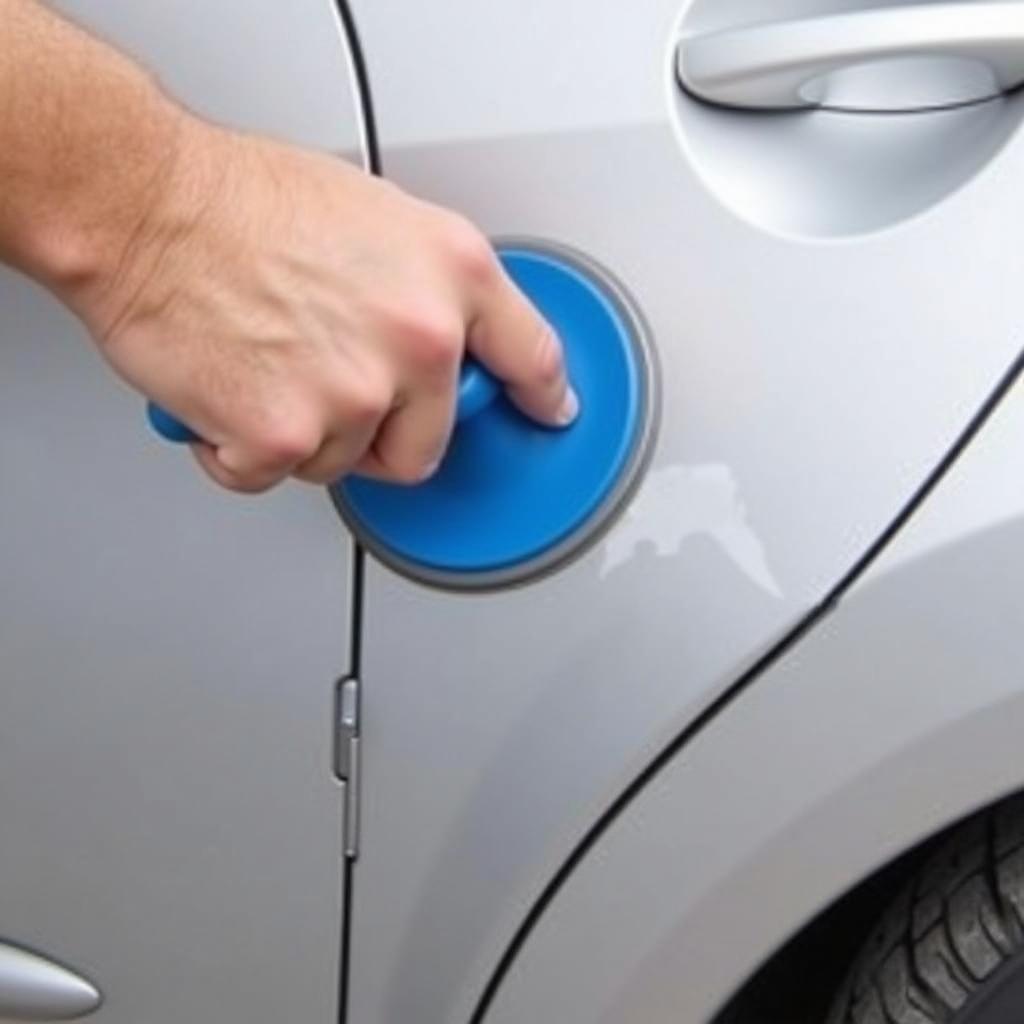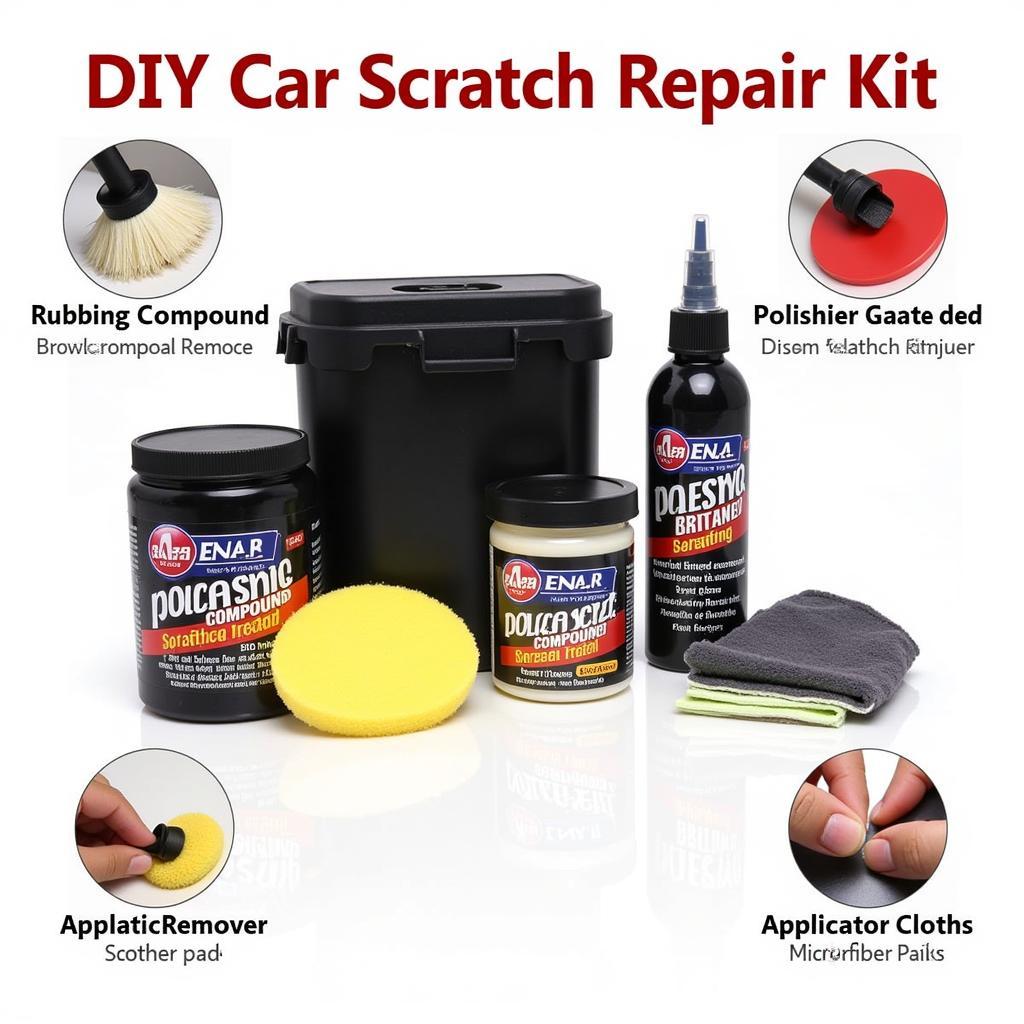Dealing with a flooded car is a nightmare. Whether it’s due to a natural disaster or a burst pipe, Fixing A Flooded Car can be a complex and costly process. This guide will provide you with essential information on assessing the damage, taking the necessary steps for repair, and navigating the insurance process. fixing flooded car
Assessing the Damage After a Flood
The first step in fixing a flooded car is a thorough damage assessment. Check the waterline both inside and outside the vehicle. Water reaching the dashboard is a significant red flag, indicating potential damage to the electrical system, engine, and transmission. Don’t attempt to start the car immediately after a flood. This could cause further damage to the engine. Instead, disconnect the battery to prevent electrical shorts.
Drying Out Your Flooded Vehicle
After the initial assessment, the next crucial step is to thoroughly dry out your vehicle. Remove all waterlogged items such as carpets, mats, and upholstery. Open all doors and windows to allow for air circulation. Use a wet/dry vacuum to remove standing water and moisture from the interior. fixing flooded car engine This process can take several days, and it’s essential to ensure complete dryness to prevent mold and mildew growth.
Electrical System Inspection and Repair
Water damage to the electrical system can be extensive and complex. Check all fuses, relays, and wiring harnesses for corrosion and damage. The ECU (Engine Control Unit) is particularly vulnerable to water damage. If the water level reached the dashboard, professional inspection and repair of the electrical system are highly recommended.
“Water damage to the ECU can be insidious,” says automotive electrical expert, David Miller. “Even seemingly minor exposure can lead to long-term problems down the road.”
Engine and Transmission Issues in a Flooded Car
If the floodwaters reached the engine or transmission, these components will require careful inspection and likely extensive repair or replacement. Water can contaminate engine oil and transmission fluid, leading to serious mechanical problems. A mechanic should thoroughly inspect the engine and transmission for internal damage. can a car be fixed after being flooded
Can a Car Be Fixed After Being Flooded? What About the Carpets?
The question of whether a car can be fixed after being flooded depends on the extent of the damage. how to fix car carpets In some cases, the cost of repairs may exceed the value of the vehicle, making it a total loss. Carpets and upholstery are often replaced after a flood, as they are difficult to completely dry and sanitize.
“Salvaging a flooded car can be a gamble,” advises Sarah Chen, an experienced insurance adjuster. “A comprehensive assessment is crucial to determine if the repairs are financially viable.”
Dealing with Mold and Mildew
Mold and mildew can quickly develop in a flooded car, posing health risks. fix mold in car carpet Thorough cleaning and disinfection are crucial to eliminate mold and prevent its recurrence.
Conclusion
Fixing a flooded car is a challenging endeavor. A careful assessment, thorough drying, and professional inspection are essential steps. Understanding the extent of the damage and the associated costs will help you decide whether to repair or replace your vehicle. Contact AutoTipPro at +1 (641) 206-8880 or visit our office at 500 N St Mary’s St, San Antonio, TX 78205, United States for expert advice and assistance with fixing a flooded car.







Leave a Reply